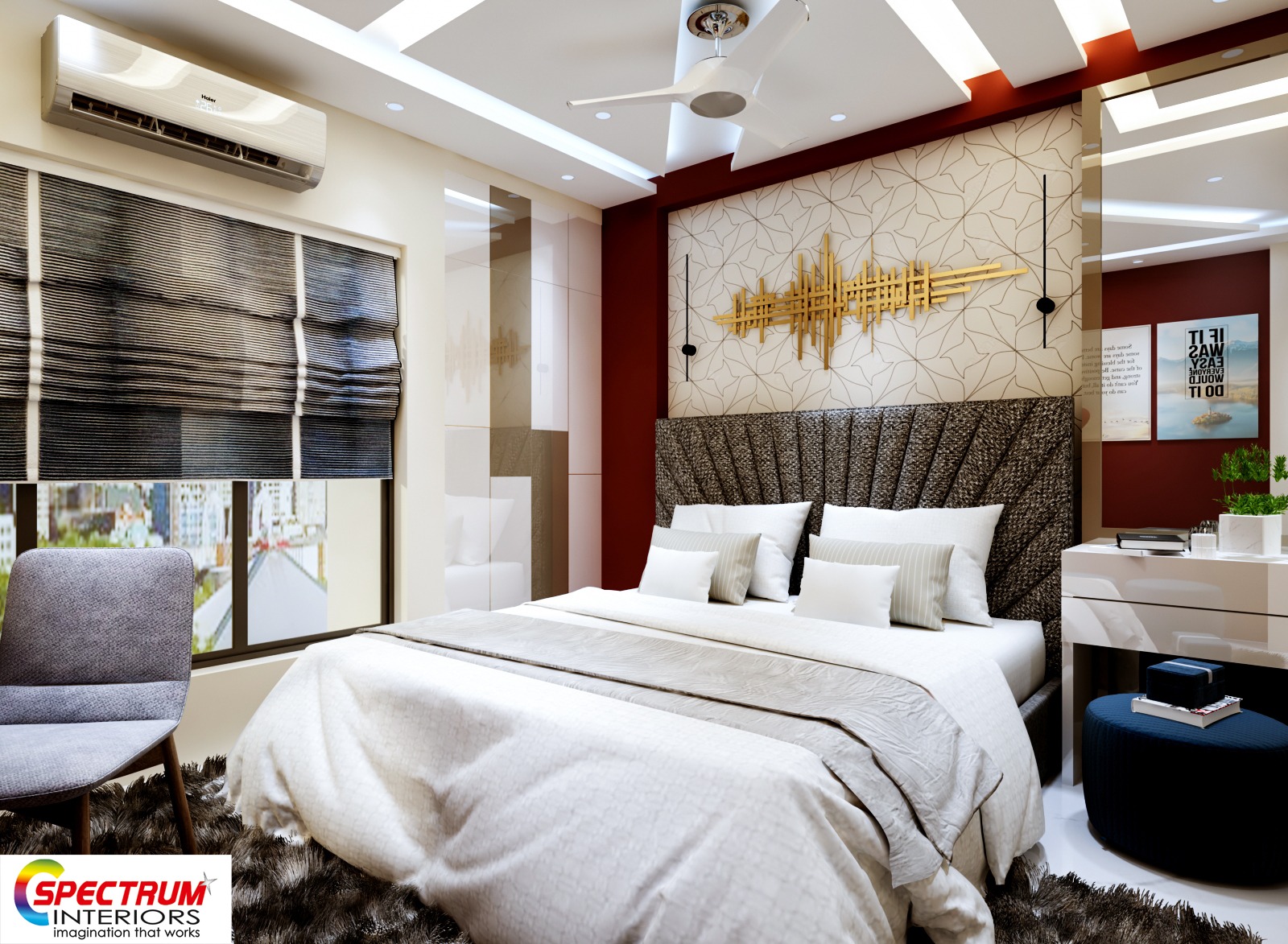Explore luxury interior design for an elegant touch.
Explore luxury interior design for an elegant touch.
Blog Article
Transform Your Home With Crucial Concepts of Inside Design and Visual Appeals
By understanding the impact of shade theory and the importance of texture and patterns, one can develop areas that are not only aesthetically attractive however also deeply individual. Accomplishing this equilibrium entails more than mere decor; it includes a strategic plan and a keen understanding of just how each aspect interacts within a space.
Comprehending Shade Theory
Understanding the principles of color theory allows developers to create rooms that resonate emotionally with occupants while fulfilling useful requirements. Each classification plays an important duty in establishing harmony within a room.
The emotional impact of colors is extensive; cozy hues such as reds and oranges evoke energy and heat, while cool tones like blues and greens promote calmness and tranquility. Additionally, making use of corresponding colors enhances visual passion, developing striking contrasts that can elevate a room's appeal.
Neutral shades, on the various other hand, function as a versatile backdrop, allowing other layout elements to beam. It is essential to consider factors such as lighting and the room's purpose when selecting a color scheme, as these can modify the assumption of shades throughout the day.
Inevitably, a well-considered shade plan can transform a space, fostering a sense of convenience and design that lines up with the citizens' choices. Proficiency of color theory is, therefore, a vital ability for any type of interior developer aiming to produce harmonious and welcoming atmospheres.
Accomplishing Balance in Layout
Just how can developers achieve a feeling of balance in their areas? Achieving equilibrium in style is fundamental to creating harmonious interiors. Developers can use three key kinds of balance: balanced, unbalanced, and radial. Symmetrical equilibrium includes arranging components uniformly around a central factor, promoting a feeling of order and harmony. This type often includes pairs of furnishings or artwork, boosting visual security.
Asymmetrical equilibrium, on the other hand, counts on varying elements that still accomplish a natural appearance. This technique enables even more dynamic and informal setups, providing passion while keeping stability. By very carefully picking varying sizes, shades, and appearances, developers can develop an aesthetically engaging space that feels well balanced yet energised.
Radial balance emphasizes a main centerpiece with components emitting outside. This style is generally seen in round formats, where furniture and decor create a cohesive border that attracts the eye internal.
Ultimately, accomplishing balance calls for thoughtful consideration of scale, proportion, and the partnerships in between elements. interior design firms. By skillfully applying these equilibrium concepts, developers can change rooms right into settings that feel both aesthetically pleasing and functionally harmonious, enhancing the overall experience for residents
Value of Spatial Recognition

An eager feeling of spatial awareness allows designers to determine prime focus within a space, assisting the try this site visitor's focus to key features while preserving a general sense of unity. It likewise helps in the calculated placement of illumination, which can substantially affect the assumption of room and state of mind. In addition, recognizing spatial partnerships makes it possible for the developer to provide to the certain requirements of occupants, making sure that each area serves its intended objective without endangering visual appeals.
Inevitably, spatial recognition is vital for making best use of the capacity of any interior area. By thoroughly considering the interaction between measurements, design, and function, developers can produce settings that not only meet functional requirements yet likewise stimulate a feeling of comfort and appeal, enhancing the total living experience.
Integrating Appearance and Patterns
Accepting a diverse variety of textures and patterns can dramatically enhance the visual and tactile charm of an indoor room. The strategic use different materials-- such as timber, metal, material, and rock-- creates depth and interest, making a space feel more welcoming and vibrant. For example, combining smooth surface areas with rough textures can establish an equilibrium that attracts the eye and engages the detects.
When incorporating patterns, think about both range and repetition. Big patterns can function as focal points, while smaller, subtle layouts can enhance other aspects without frustrating the room. Layering patterns, such as pairing floral cushions with striped tosses, includes intricacy and a sense of harmony if carried out attentively.
It is also essential to maintain a natural color combination, making sure that appearances and patterns interact instead of complete for focus. By picking a couple of crucial structures and patterns, you can create an unified visual that mirrors your personal style while boosting the total atmosphere of the space. Ultimately, the mindful unification of these aspects can transform a mundane room right into a sophisticated setting abundant with character and heat.
Individualizing Your Area
Creating a room that shows your personality is vital to achieving a really inviting setting. Personalization in interior design permits you to instill your unique design and rate of interests right into your home, transforming it from a simple sanctuary into a shelter that talks with that you are. Begin by selecting a color scheme that reverberates with your feelings-- strong colors can invigorate, while soft tones use harmony.
Include art work and style that mirror your enthusiasms, whether more helpful hints it be travel, nature, or abstract concepts. Showing individual collections, such as books, photographs, or keepsakes, can evoke valued memories and produce centerpieces within an area. In addition, consider tailoring functional items, like upholstered furnishings, to align with your visual choices.

Conclusion
To conclude, the makeover of a home with the important concepts of interior decoration and aesthetic appeal requires a detailed understanding of color theory, equilibrium, spatial recognition, appearance, and personalization. Each element adds substantially to creating an unified and useful living setting - Architecture Firm. By thoughtfully integrating these concepts, people can boost visit homepage the visual charm and emotional resonance of their areas, ultimately promoting a home that shows unique identities while providing comfort and functionality
Report this page